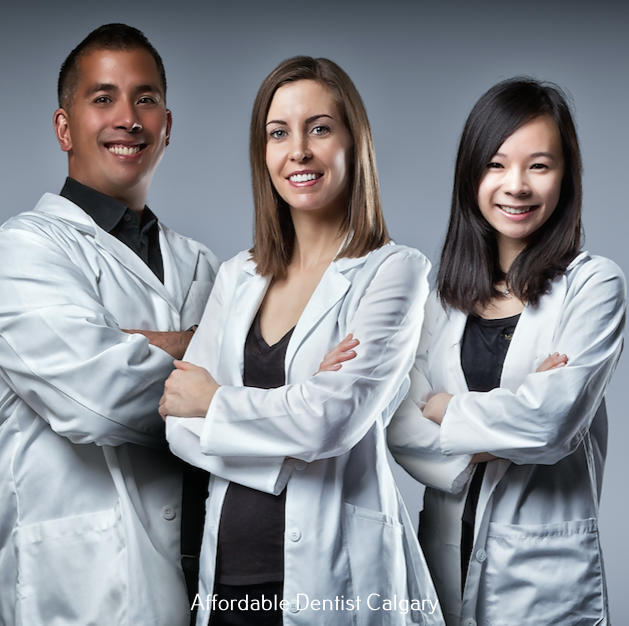Wisdom teeth are sort of like natures “second chance” when it comes to maintaining enough of the teeth needed for grinding and chewing our food. In ages past, a person’s life expectancy wasn’t as good as what it is today. And there was also the case of dental diseases and tooth loss, due to lack of care.
Today, we don’t rely very much on wisdom teeth. Why? Because we’re able to better maintain the teeth that we do have. But wisdom teeth still develop, and as a result, they can crowd the healthy ones that are still in your mouth. Since wisdom teeth are essentially non-functional in today’s age, and because there usually isn’t any room for them to erupt properly, it’s common to have these extra teeth taken out (extracted) if and when they start to cause problems.





